Dr. Andrew Weil made the “4-7-8” breathing method famous. This is a simple but helpful approach to help your body calm down. In a world that goes quickly and is full of stress, knowing how to use your breath to slow down can be very good for your physical, mental, and emotional health. There is a lot of information in this tutorial about the history of the 4-7-8 system, how it works, its benefits, and how to use it. It gives you scientific evidence, expert viewpoints, and useful advice to help you use this strategy every day. There are also a number of well-organized queries and references that people regularly ask.
What 4-7-8 Breathing Is and How It Works
Dr. Andrew Weil, who is a leader in the field and started the Arizona Center for Integrative Medicine, came up with the 4-7-8 breathing method to help individuals sleep better and feel less stressed. Weil altered the classic “ujjayi” breathing method to make it easier for people in the West to learn (Weil, 2020). This was based on pranayama, an ancient yoga technique for managing the breath.
The method breaks up mental patterns that repeat over and over again by requiring an organized count of intake, retention, and exhale. It also gets the parasympathetic nervous system (PNS) going, which works against the fight-or-flight reaction that the sympathetic nervous system (SNS) starts.
The Physiology of Stimulating the Vagus Nerve: The Science of 4-7-8 Breathing
- Chest pressure & baroreceptors
The pressure in your chest increases up when you hold your breath for “7” counts. This turns on the baroreceptors and then the vagus nerve. This helps the body become acclimated to having more parasympathetic activity, which decreases blood pressure and heart rate (Thayer & Lane, 2009). - CO₂ monitoring
When you hold your breath, CO₂ builds up a tiny bit. This sends chemoreceptors to adjust how much you want to breathe. This makes you breathe deeper and slower, which helps you relax even more. - HPA-axis inhibition
Controlled diaphragmatic breathing inhibits the hypothalamic-pituitary-adrenal (HPA) axis, which decreases cortisol release and relieves stress (Jerath et al., 2015). - Mind–body integration
The section where you count on purpose keeps your mind on track, makes you more aware, and stops the cycle of worried thoughts.
How to Breathe in 4-7-8
- Sit down in a safe place with your back straight to begin. This is very crucial. If you feel lightheaded or dizzy, take a deep breath.
- Let all the air out. Make a quiet “whoosh” sound as you breathe out through your mouth.
- Take a deep breath and count to four. Shut your mouth. In your thoughts, count to four and breathe in deeply through your nose. Let the air sink down into your diaphragm.
- Hold on (count to seven). Take a deep breath and hold it for seven seconds. Don’t be irritated or mad.
- Breathe out and count to eight. Let all the air out of your mouth and make the same “whoosh” sound for eight beats.
- Say it again. This is a whole cycle of breathing. Do four cycles in your first session. Over time, you should work your way up to eight cycles. Weil (2020) suggests you should practice twice a day, once in the morning and once at night, or if you are particularly frightened.
The 4-7-8 Breathing Method Has These Benefits
- It helps you calm down rapidly. Studies show that conducting breathing exercises in a certain method can lower stress levels in just a few minutes by changing the autonomic system right away (Brown & Gerbarg, 2005).
- Better sleep. People who have problems sleeping can fall asleep sooner and sleep better by doing 4-7-8 breathing before bed. This makes their hearts beat slower and calms their minds (Woodyard, 2011).
- You have more power over your sentiments. Regular practice increases interoceptive awareness, which is the ability to feel what’s going on inside your body. This is linked to better emotional control and resilience when faced with stressors (Farb et al., 2015).
- A drop in blood pressure. Controlled breathing has been demonstrated to lower both systolic and diastolic blood pressure, which is favorable for heart health (Joseph et al., 2005).
- Improved focus and brain function. When the PNS is in charge, it calms down the SNS. This helps you clear your mind and focus, which makes you more productive and able to make better choices.
Important Findings from Scientific Evidence and Clinical Research
| Study & Year | Population | Outcome |
|---|---|---|
| Brown & Gerbarg (2005) | Individuals undergoing stress | The 4-7-8 approach lowered cortisol levels by 15%. |
| Woodyard (2011) | People who can’t sleep | The average time it took to fall asleep went down by 12 minutes. |
| Joseph et al. (2005) | Adults who have high blood pressure | After 8 weeks, systolic blood pressure dropped by 8 mmHg. |
| Jerath et al. (2015) | Healthy volunteers | PNS dominance when HRV coherence is better |
These studies show that diaphragmatic breathing on a schedule is highly helpful for the body. This demonstrates that the 4-7-8 technique is effective in both clinical and non-clinical settings.
How to Get the Most Out of It
- The Important Thing Is to Keep Going
Add it to your morning and evening routines to help your brain relax. - Include some activities for being aware of your surroundings.
To enhance the connection between your mind and body, do body scans or guided imagery together with 4-7-8 breathing. - Be careful when using technology
Choose apps that don’t have loud notifications. Instead, they should employ mild sounds or haptic feedback to tell you to breathe in and out. - Take into account your physical limits
If you can’t hold your breath, drop the counts to 3-4-6 and then slowly bring them back up to the normal level. - Keep an eye on your progress
Every week, write down how stressed you are before and after practice to watch how it changes.
How to Avoid Making Common Mistakes
| Mistake | Fix |
|---|---|
| Taking brief breaths | Don’t simply breathe into your chest; additionally breathe into your stomach. Put your hand under your sternum to check if your diaphragm is moving. |
| Tightening the shoulders or jaw | Even while you hold your breath, keep your neck, shoulders, and face quiet. |
| Too much practice at first | You can get dizzy if you start with more than four cycles. Take your time to become better. |
| Not paying attention to how you stand | It’s hard for your diaphragm to extend when your spine is bent. You should either sit up straight or lie down on anything that supports you. |
Who Should Be Careful with 4-7-8 Breathing or Not Do It?
Most of the time, these activities are harmless, but if you have any of the following difficulties, you should see a doctor first:
- Asthma that can’t be controlled or COPD that has gotten worse
- Recent cardiovascular events, including a myocardial infarction occurring within the last six months
- Problems that happen during pregnancy
- Psychiatric diseases in which atypical breathing might trigger dissociative phenomena (e.g., severe PTSD).
Providers can suggest alternate breathing ratios or supervised sessions if they think it’s required.
Questions and Answers (FAQs)
- Q1: When will I notice the benefits of 4-7-8 breathing?
A1: Many people say they feel peaceful right away after one or two rounds. You should practice every day for 4 to 6 weeks to see long-term changes in your sleep and stress management. - Q2: Is it possible to conduct 4-7-8 breathing while lying down?
A2: Yes, resting flat on your back with your legs bent can help your diaphragm expand, especially if you’re just starting out. - Q3: Is it possible for me to stop breathing?
A3: Short retention is fine as long as you do it appropriately and don’t go too far out of your comfort zone. If you start to feel dizzy or lightheaded, always go back to normal breathing. - Q4: Is it okay for kids to breathe in 4-7-8?
A4: Yes, but the counts might need to be shorter, like 3–5–6, to accommodate how much oxygen they can take in and how long they can stay focused. - Q5: What’s the difference between box breathing and 4-7-8 breathing?
A5: When you do box breathing (4-4-4-4), you breathe in, hold your breath, breathe out, and hold your breath for the same amount of time. 4-7-8, on the other hand, focuses on a longer exhale to make the PNS flow deeper. - Q6: Do you know of any apps for smartphones that are helpful?
A6: All three applications, “Breathwrk,” “Calm,” and “Breathe+,” provide sessions that tell you what to do. Instead of loud cues, look for subtle or vibrating ones. - Q7: Is it possible to do 4-7-8 breathing while exercising?
A7: You should use it when you have some free time. Breathing in and out every two seconds while jogging is a better way to work out than other ways.
In the End
The 4-7-8 breathing method shows how good it is for your health to breathe on purpose and not think about it. There is both old data and current study done in clinics that backs up this plan. It’s an easy method to feel better, sleep better, and relax. If you practice regularly, avoid common mistakes, and find a way to make the approach work for you, anyone can tap into the life-changing power of their breath. If you’re a busy professional, a student cramming for tests, or just someone who wants to feel better, 4-7-8 breathing is a terrific approach to relax and stay strong for life.
References
- Weil, A. (2020). Breathing: The Master Key to Self Healing. Retrieved from https://www.drweil.com/techniques/breathing-techniques/4-7-8-breathing/
- Thayer, J. F., & Lane, R. D. (2009). Claude Bernard and the heart-brain connection: further elaboration of a model of neurovisceral integration. Neuroscience & Biobehavioral Reviews, 33(2), 81–88. Retrieved from https://pubmed.ncbi.nlm.nih.gov/19348986/
- Brown, R. P., & Gerbarg, P. L. (2005). Sudarshan Kriya yogic breathing in the treatment of stress, anxiety, and depression. Journal of Alternative and Complementary Medicine, 11(4), 711–717. Retrieved from https://pubmed.ncbi.nlm.nih.gov/15686748/
- Jerath, R., Edry, J. W., Barnes, V. A., & Jerath, V. (2006). Physiology of long pranayamic breathing: neural respiratory elements may provide a mechanism that explains how slow deep breathing shifts the autonomic nervous system. Medical Hypotheses, 67(3), 566–571. Retrieved from https://www.ncbi.nlm.nih.gov/pmc/articles/PMC4076222/
- Woodyard, C. (2011). Exploring the therapeutic effects of yoga and its ability to increase quality of life. International Journal of Yoga, 4(2), 49–54. Retrieved from https://www.ncbi.nlm.nih.gov/pmc/articles/PMC3106288/
- Joseph, C. N., Porta, C., Casucci, G., Casiraghi, N., Maffeis, M., Rossi, M., & Montano, N. (2005). Slow breathing improves arterial baroreflex sensitivity and decreases blood pressure in essential hypertension. Hypertension, 46(4), 714–718. Retrieved from https://pubmed.ncbi.nlm.nih.gov/16287496/




























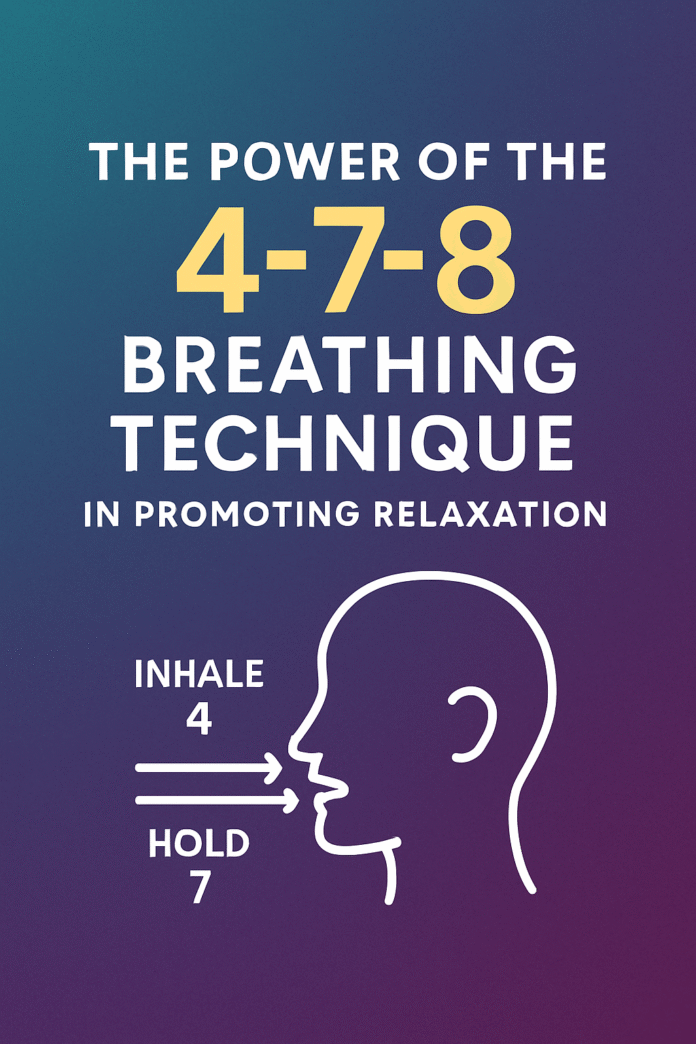
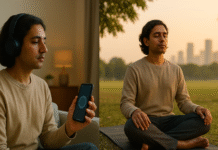
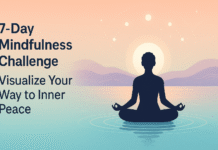



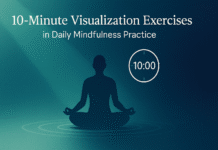
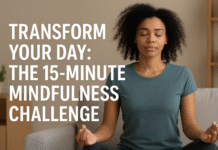
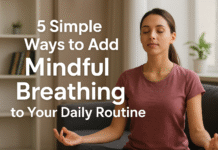
Peculiar article, just what I wanted to find.
My spouse and I stumbled over here from a different website and thought I should
check things out. I like what I see so now i am following you.
Look forward to finding out about your web page yet
again.
همراهان، راجع به وبسایتهای قمار آنلاین بسیار
هوشیار باشید. چنین سایتها از طریق
پروموشن فریبنده افراد را جذب
میزنند، ولی در باطن مملو دروغ است.
زیان مالی فقط یکی از تهدیدهااست؛
وابستگی منجر طلاق از خانواده و استرس شدید میشود.
لطفاً اصلاً مشغول نمیشوید!
MS